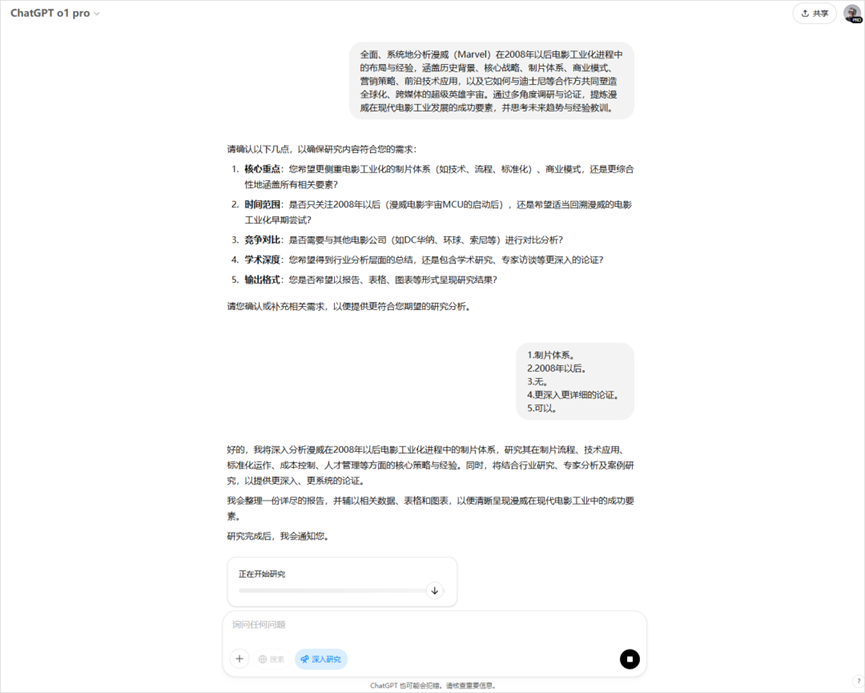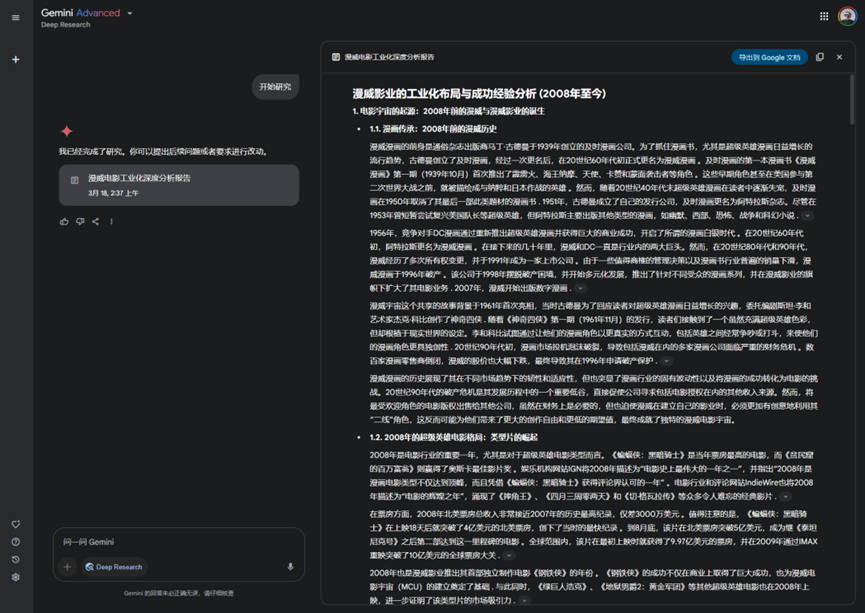Google’s AI Evolution: Deep Research, Gemini 2.0, and the Battle Against OpenAI

1. Introduction: Google’s AI Moves Amid OpenAI’s Limitations
Google has been making rapid advancements in AI, especially as OpenAI faces growing resource constraints. These updates have positioned Google as a stronger competitor in the AI space.
One of the most notable updates is the latest release of Gemini 2.0, which, despite being available for a while, was only recently announced in an official tweet. This delayed announcement has left many users wondering whether Google is playing a strategic game in AI communications.
2. Three Key Updates from Google’s AI Ecosystem
(1) Personalized Search with Gemini 2.0
Google is leveraging users’ search history to deliver more tailored and accurate search results. This move aims to provide a more personalized experience, making search interactions feel more intuitive and relevant.
(2) Deep Research Enhancement
The Deep Research feature now runs on the Gemini 2.0 Flash Thinking model, offering an expanded 1 million-token context. This significant boost enhances the model’s ability to process and synthesize large amounts of data efficiently.
(3) Native Multimodal Capabilities in Gemini 2.0
Gemini 2.0 introduces advanced image-editing tools, including a groundbreaking “voice-editing” feature. Users can now remove watermarks, change outfits, and modify backgrounds with simple voice commands, setting a new benchmark for AI-powered creativity.
3. Deep Dive into Deep Research: A Game-Changer?
The most intriguing update is Google’s Deep Research, which takes AI-powered research to the next level. Unlike traditional AI search engines, Deep Research operates on an agent-based framework:
- Goal Breakdown: The AI dissects research questions into structured sub-questions.
- Automated Search: It fetches relevant information from multiple sources.
- Report Synthesis: The system compiles findings into a comprehensive summary.
Deep Research vs. The Competition
- December 2023: Google initially launched Deep Research with Gemini 1.5 Pro, but the results were underwhelming.
- February 2024: OpenAI fine-tuned its o3 model, dramatically improving Deep Research functionalities, making it the industry standard.
- Later, Perplexity and Grok 3 introduced similar tools, but their models were closer to AI-powered search (Deep Search) rather than true research assistance.
Google’s Latest Improvement: A Competitive Edge?
The integration of Gemini 2.0 Flash Thinking Experimental enhances reasoning capabilities. However, its most significant advantage lies in accessibility: Google is offering Deep Research for free, whereas OpenAI’s Deep Research functionality is limited to:
- Plus Members: \$20/month, only 10 uses per month.
- Pro Members: \$200/month, capped at 150 uses.
Google has yet to disclose the exact number of free uses, but users should take advantage while it lasts.
4. Battle-Tested: Google Deep Research vs. OpenAI’s Deep Research
To put these tools to the test, we analyzed the business mechanics of the Marvel movie industry using both Google and OpenAI’s Deep Research capabilities. Here’s what we found:
Strengths of Google’s Deep Research
✔️ Extensive coverage: Pulls data from 220+ websites, including YouTube, making it ideal for diverse content research. ✔️ Previewable research structure: Users can see the framework before running a query.


Weaknesses of Google’s Deep Research
❌ Weak synthesis skills: While data collection is robust, report generation feels cluttered and lacks deep analytical insights. ❌ Inferior to OpenAI in structured responses: OpenAI offers better logical flow, making its research reports more digestible.
Best Use Cases for Each Platform
- Google Deep Research: Best for academic research, leveraging Google Scholar’s vast database.
- OpenAI Deep Research: Better for business and industry reports, where deep contextualization is crucial.
5. Final Verdict & Recommendations
Google Deep Research: Pros & Cons
✅ Strong search capabilities but lacks structured analysis. ✅ Great for academic and high-information-density research. ✅ Free (for now), making it a must-try tool.
However, it remains to be seen whether Google will maintain free access or introduce pricing tiers in the future.
Try Gemini 2.0 on XXAI** for an Enhanced AI Experience**
Beyond Google’s native Deep Research tool, users can also experience Gemini 2.0 directly on XXAI, which integrates multiple top AI models like GPT-4o, Claude 3.7, and Perplexity.
✔ Switch between different models to compare research efficiency. ✔ Affordable at just \$9.9/month, offering Gemini 2.0 access without Google’s potential future paywalls. ✔ No regional access restrictions, ensuring uninterrupted AI-powered research.
With AI research evolving rapidly, now is the perfect time to experiment with different tools and optimize your workflow. Whether you prefer Google’s free Deep Research or XXAI’s multi-model flexibility, the key is to leverage AI smartly for better insights.